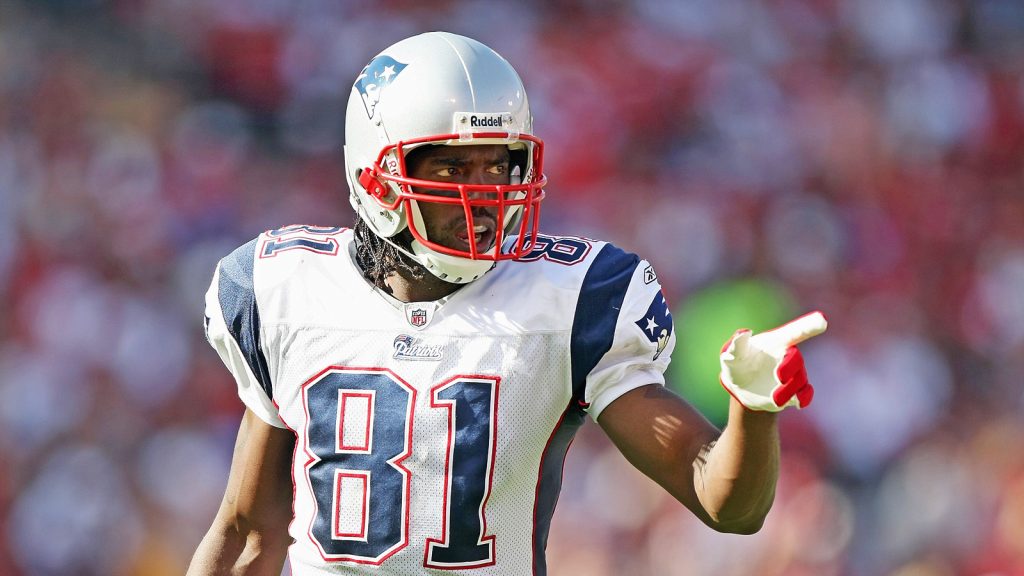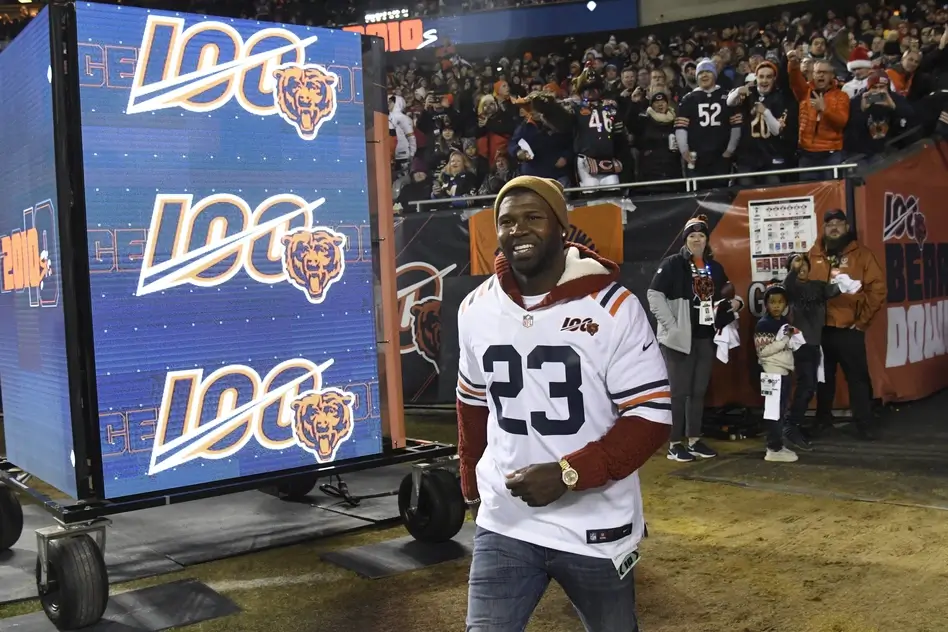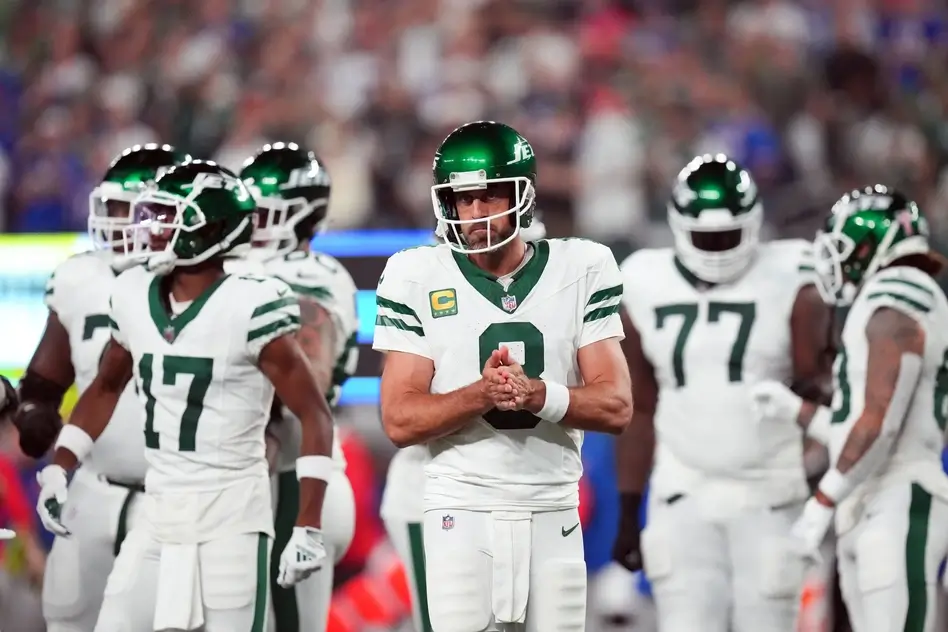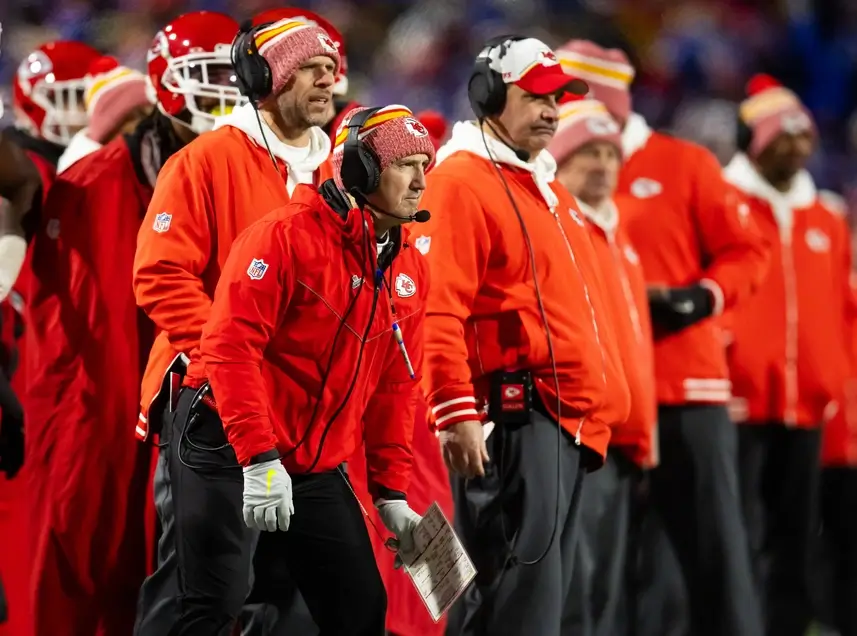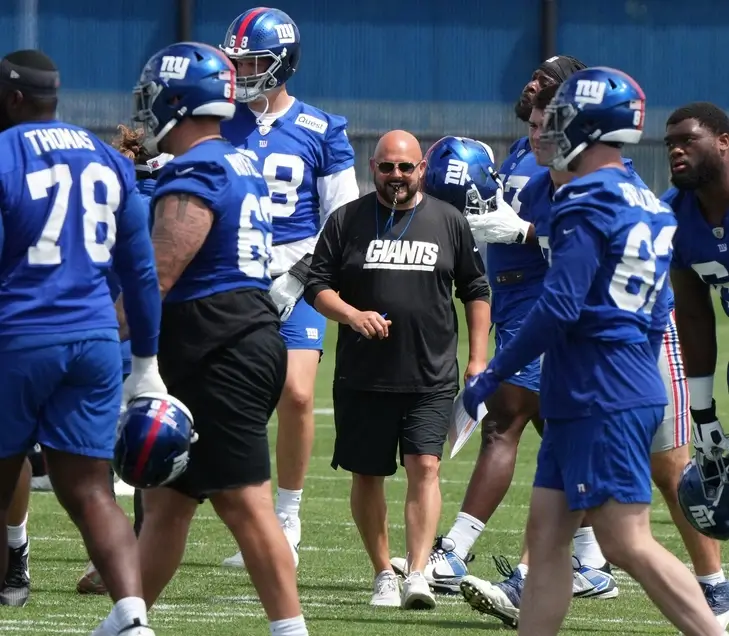When it comes to building a winning NFL team, the NFL Draft and free agency are usually the best methods, and so the impact of some of the biggest NFL trades ever are sometimes overlooked. Of course, it’s not every day that a meaningful NFL trade is made. Even the trade deadline every year passes without a ton of fanfare.
That being said, there has been no shortage of trades in NFL history that have made a big impact on the field. Some of the largest trades in NFL history have led to a direct impact on what team won the next Super Bowl. That means it’s always worth looking back at the most significant NFL trades in league history.
Biggest NFL Trades Ever
Of course, measuring the biggest NFL trades ever isn’t always easy. Sometimes you judge based on the player being traded while other times it’s the impact of the trade and the end result. Surprisingly, those two don’t always blend together, which is why it’s not always easy to make this call. With that in mind, here is our list of the 10 biggest NFL trades ever.
John Elway to Broncos
In 1983, John Elway was drafted by the Colts, although he had no intention of ever playing for them. He was also a baseball player who could have started a career in the Yankees organization. That meant the Colts had to trade him, sending him to Denver for Chris Hinton, who was the fourth-overall pick in 1983, a first-round pick the following year, and backup quarterback Mark Herrmann.
The Broncos were almost immediately good with Elway, going to the Super Bowl three times in the 80s and eventually winning back-to-back Super Bowls in the final two seasons of Elway’s Hall of Fame career. Meanwhile, the Colts didn’t experience much success until they drafted Peyton Manning, who would ironically win a Super Bowl with the Broncos in his final season after Elway wooed him to Denver as the team’s GM.
John Hadl to Packers
In 1974, the Packers believed they were one veteran quarterback away from winning a Super Bowl. They thought John Hadl would be that quarterback at age 34 after leading the Rams to the playoffs the previous year.
Unfortunately, that move didn’t pay off, as Hadl went 7-16 as a starter with Green Bay.
Meanwhile, the Rams made good use of the five draft picks the Packers sent them. Those picks turned into players like Monte Jackson, Geoff Reece, Mike Fanning, and Pat Thomas. That group helped the Rams reach the Super Bowl in 1979 while the Packers didn’t make the playoffs again until 1982 after giving up all of those draft picks for Hadl.
Randy Moss to Patriots
Everyone familiar with Randy Moss knows that he wasn’t always the easiest person to stomach or the best teammate. Moss spent two seasons with the Raiders and was not a happy camper toward the end, which helped to fuel his trade to the Patriots on draft day in 2007.
Lane Kiffin had just taken over the team and was eager to unload Moss since there was obviously no way that relationship would have worked out. In the end, the Patriots sent a fourth-round pick to the Raiders in exchange for Moss with Tom Brady restructuring his deal to help make room in the salary cap for Moss.
He immediately set an NFL single-season record with 23 touchdown catches in 2007 while racking up nearly 1,500 yards. He ended up with three 1,000-yard seasons in New England, although the Patriots didn’t win a Super Bowl during his tenure.
Ollie Matson to Rams
Younger fans may not know him, but Ollie Matson was something special. He won two Olympic medals the same season the Cardinals drafted him. He went to six Pro Bowls, including five in a row, during his seven seasons with the Cardinals.
After the 1958 season, the Cardinals would end up trading him to the Rams in exchange for nine players. But Matson had already peaked and never made the Pro Bowl again. After the trade, the Rams didn’t have another winning season until 1966.
Marshawn Lynch to Seahawks
Marshawn Lynch had some ups and downs early in his career with Buffalo, although he was a 1,000-yard rusher during his first two seasons in the league.
But after injuries hindered him and Fred Jackson became the primary back in Buffalo, the Bills shipped him to Seattle for a fourth and a fifth-round pick. It became a massive steal for the Seahawks.
It was in Seattle that Lynch got the name “Beast Mode.” During his first full season with the Seahawks, he made his first of four straight Pro Bowls with Seattle. Lynch also led the NFL in rushing in 2013 and 2014 while also helping the Seahawks win the Super Bowl after the 2013 season. Of course, they would have won back-to-back Super Bowls if they had just given Lynch the ball on the goal line.
Bobby Layne to Steelers
Bobby Layne is a Hall of Fame quarterback who was a part of three teams that won NFL championships with the Lions.
After a decade in the league, the Lions assumed that he was past his prime and toward the end of his career, so he was traded to the Steelers. While team success was lacking for him in Pittsburgh, Layne would make the Pro Bowl two more times during his five seasons in Pittsburgh, ending his career with the Steelers.
Joe Montana to Chiefs
On the surface, especially for younger fans, it’s crazy to think that Joe Montana would ever be traded. However, he missed all of the 1991 season and played in just one game during the 1992 season. By that time, the torch had been passed to Steve Young, who would eventually lead the 49ers to a Super Bowl win.
Montana asked for a trade and was ultimately sent to Kansas City along with a third-round pick and safety David Whitmore for a first-round pick the 49ers would eventually use on three-time Pro Bowler Dana Stubblefield.
That meant Montana would spend the final two seasons of his incredible career with the Chiefs, guiding Kansas City to the playoffs twice, including a trip to the AFC Championship Game in his first season after the trade. It turns out, Montana was still pretty good even after two years away.
Marshall Faulk to Rams
People forget that Marshall Faulk had some good years with the Colts early in his career. But when he held out for a new contract, the Colts traded him to the Rams for a second-round and a fifth-round pick.
After joining the Rams, he immediately became a huge part of what we now call “The Greatest Show on Turf.”
Faulk helped St. Louis win a Super Bowl in his first season while also earning Offensive Player of the Year honors. He won MVP the following year and Offensive Player of the Year again in his third season with the Rams, becoming a legend rather than a disposable running back, which is what the Colts clearly thought of him.
Eric Dickerson to Colts
Eric Dickerson quickly became a star after being drafted by the Rams, but when he wanted a better contract, the Rams traded him early in the strike-shortened 1987 season.
It ended up being one of the largest trades in NFL history, involving both the Bills and Colts with multiple players and draft picks changing hands.
Dickerson was able to reunite with his college coach Ron Meyer and would lead the NFL in rushing in 1988 before injuries started to get the best of him. The Rams failed to make the most of their extra draft picks, although the Bills got linebacker Cornelius Bennett in the deal. He was a key part of the defense that would end up losing four straight Super Bowls.
Herschel Walker to Vikings
This was undoubtedly the biggest trade in NFL history, as it involved 18 players or picks, most notably Herschel Walker.
Fresh off a season in 1988 in which Walker had over 2,000 all-purpose yards, the Cowboys traded him five games into the 1989 season.
The Vikings thought they were getting an elite player, but Walker had two and a half rather mediocre seasons in Minnesota before signing with the Eagles.
As for the Cowboys, the draft picks they got as part of the trade would eventually become Emmitt Smith, Kevin Smith, Russell Maryland, and Darren Woodson. The year after Walker left Minnesota, the Cowboys used those players to help them win the first of three Super Bowls in a four-year span.


